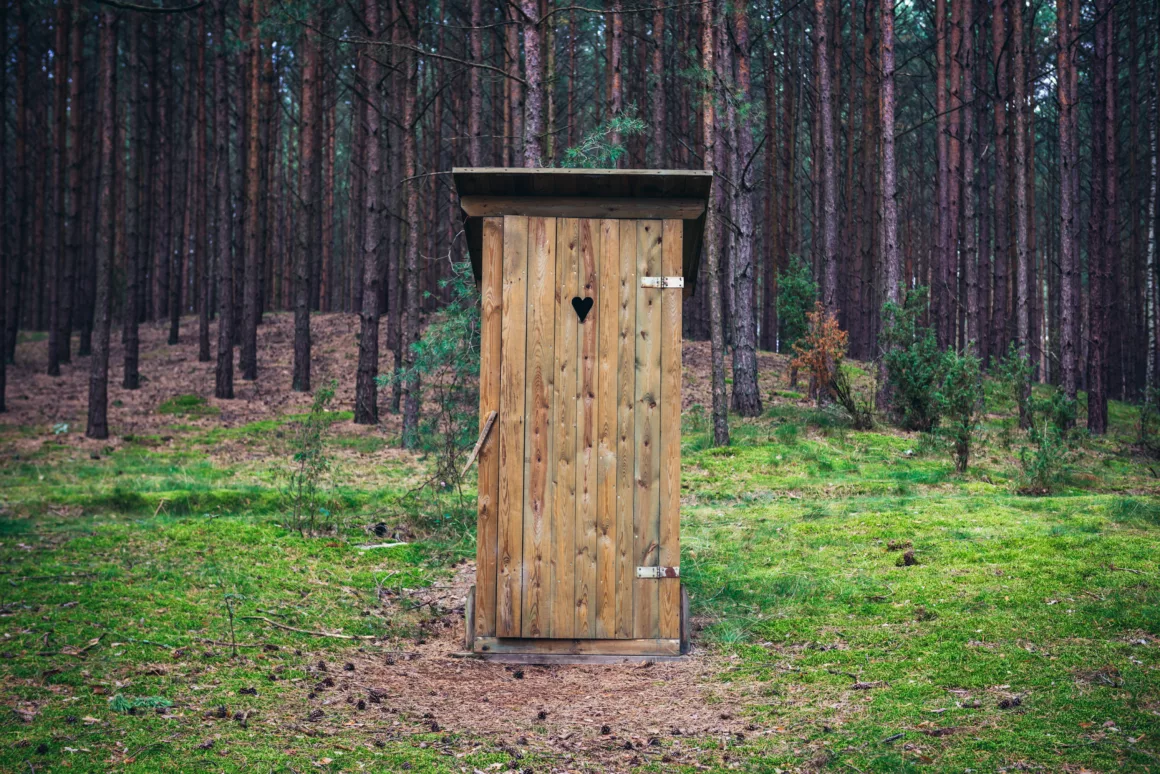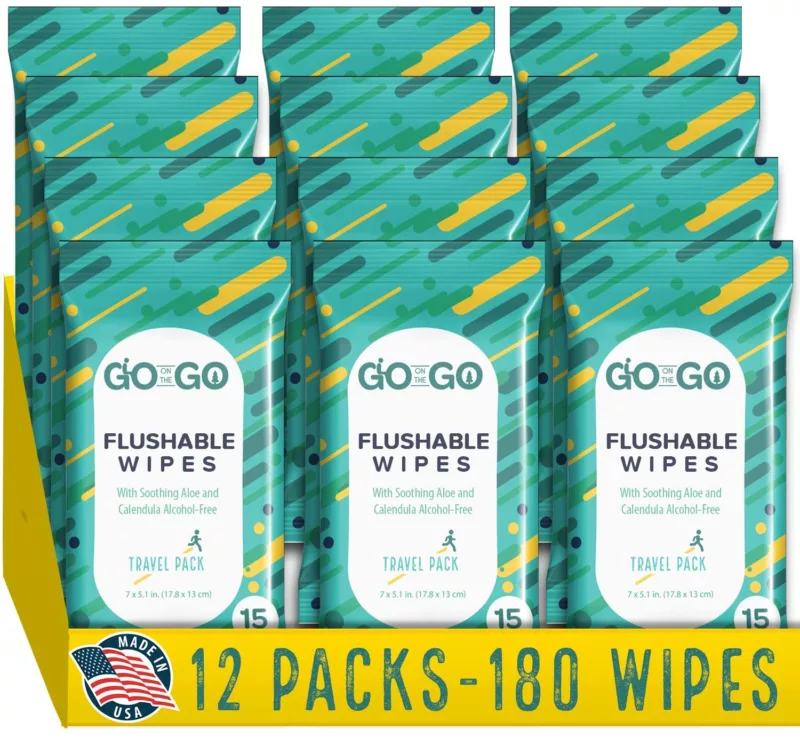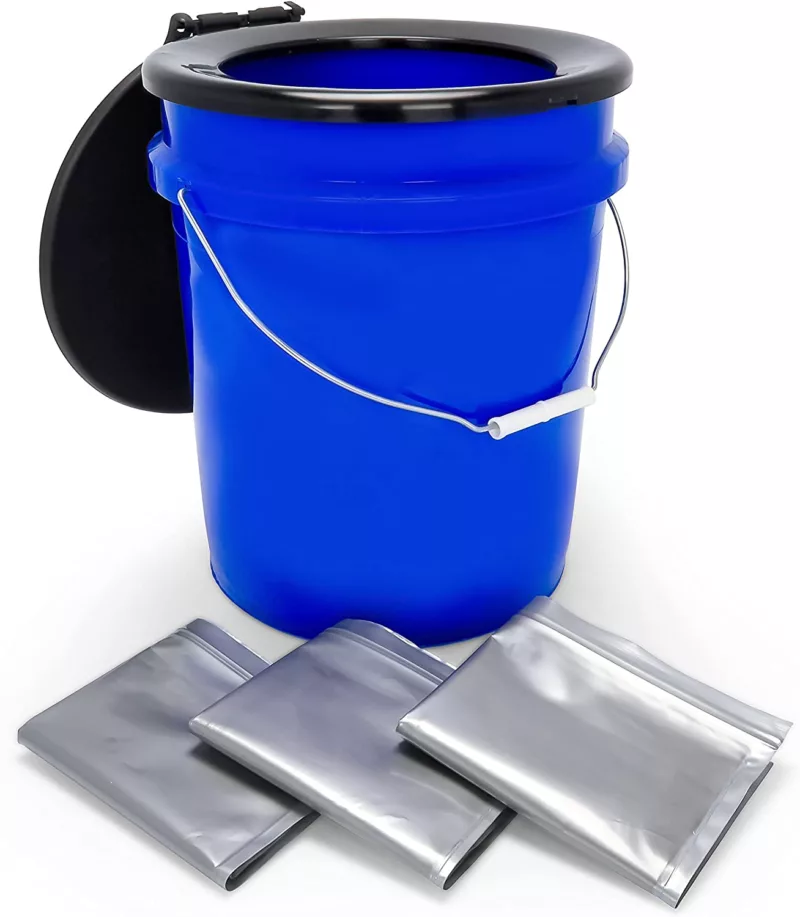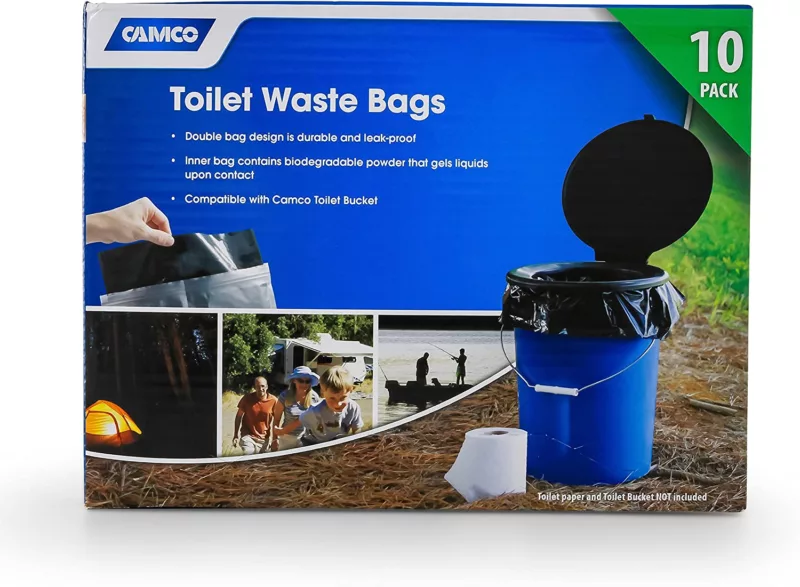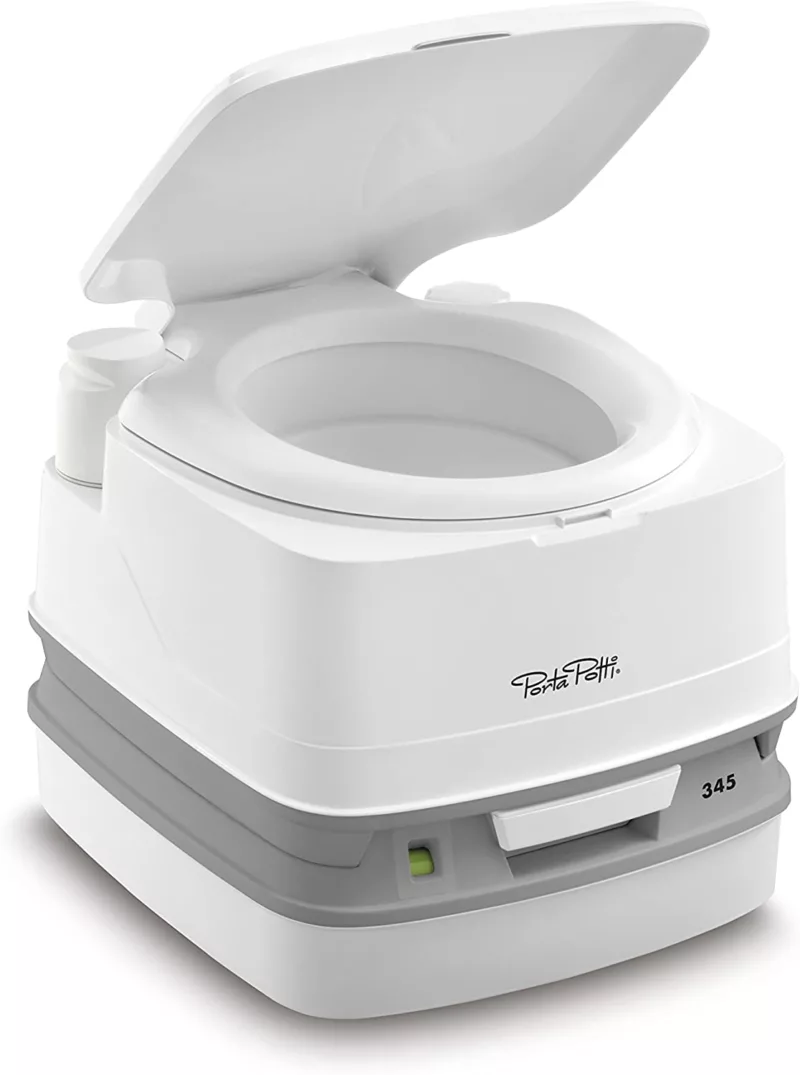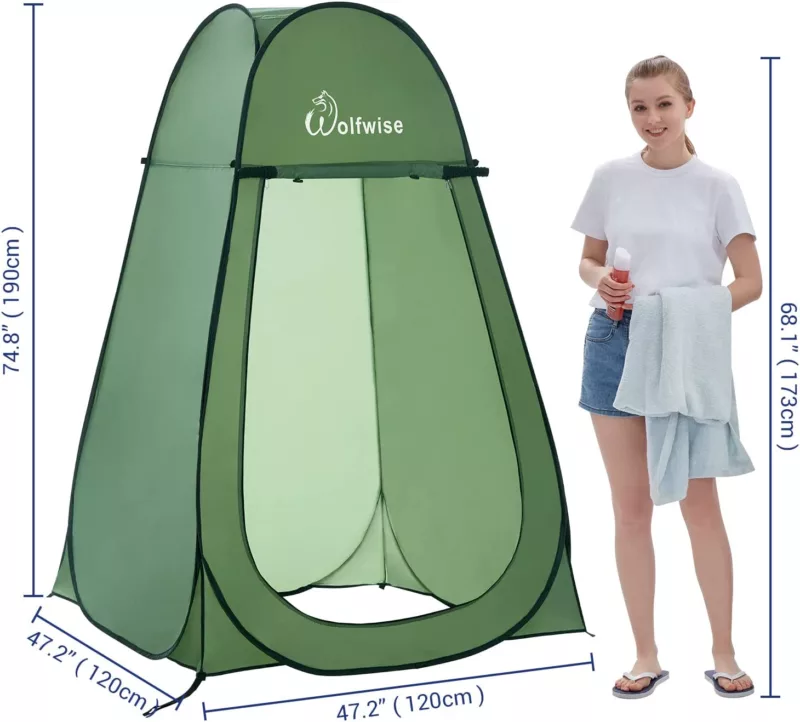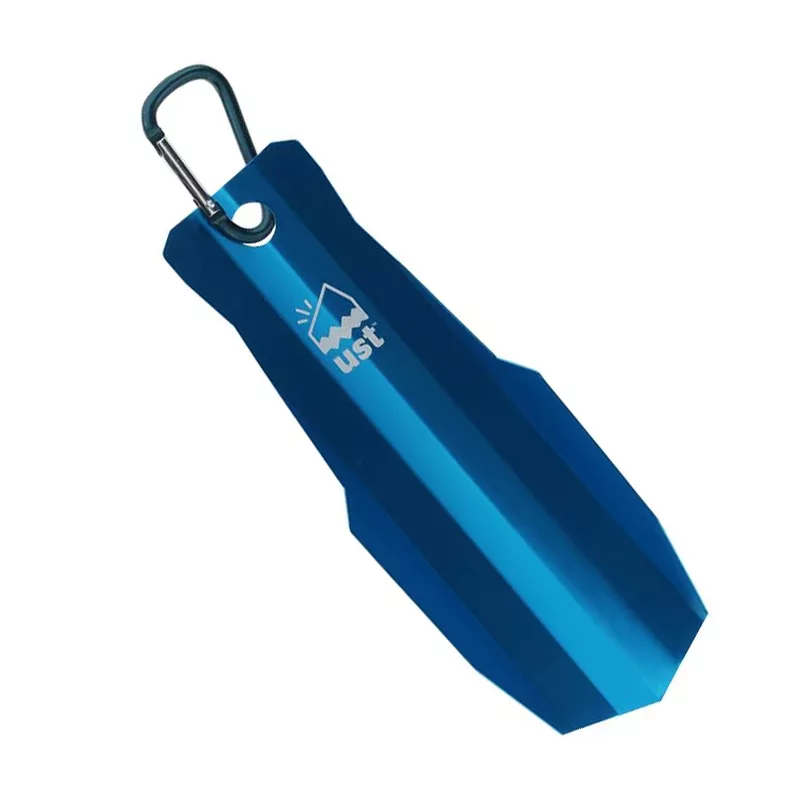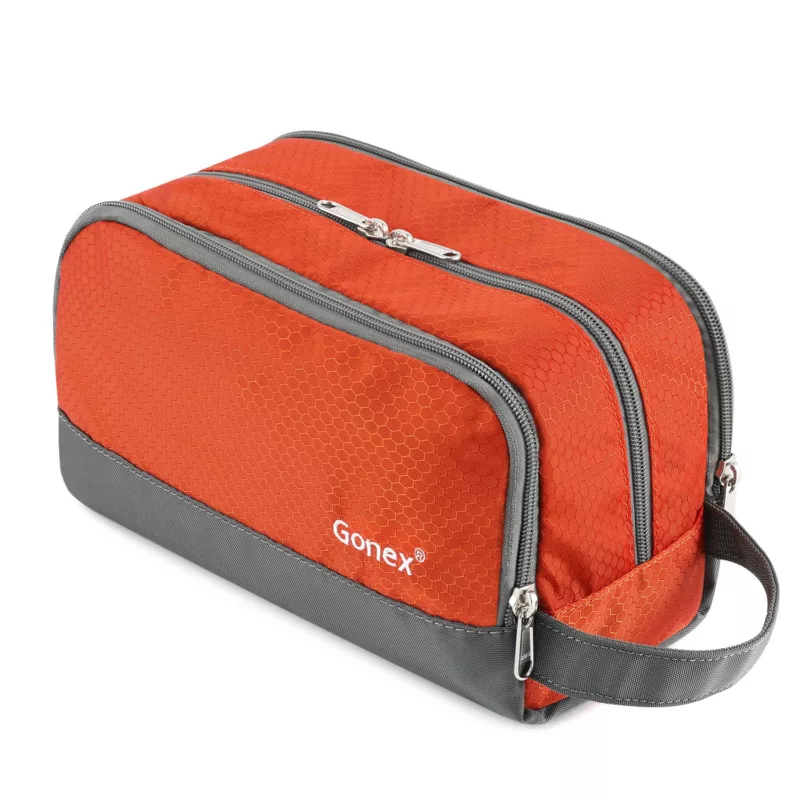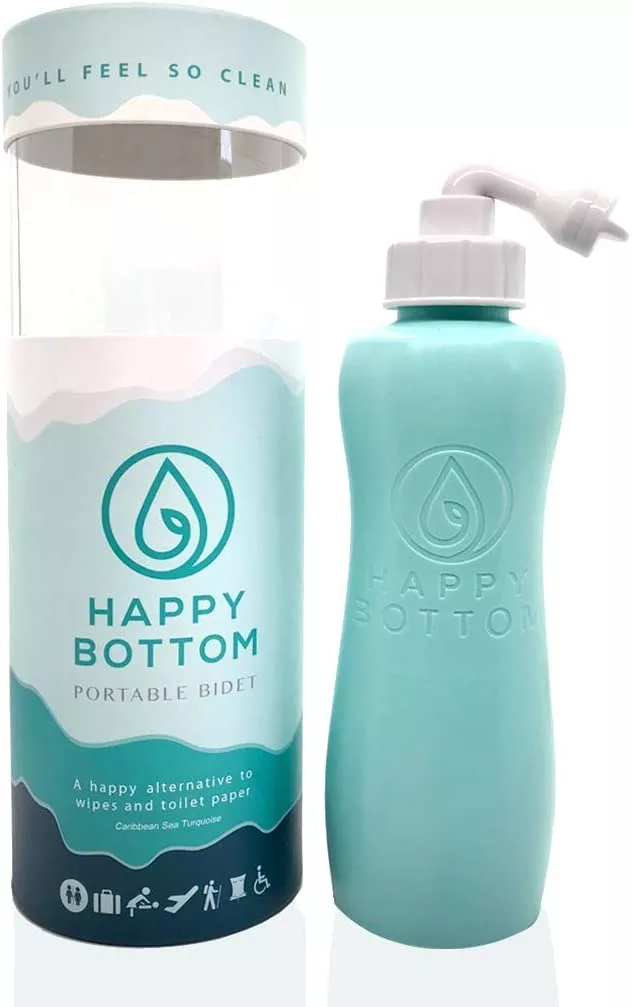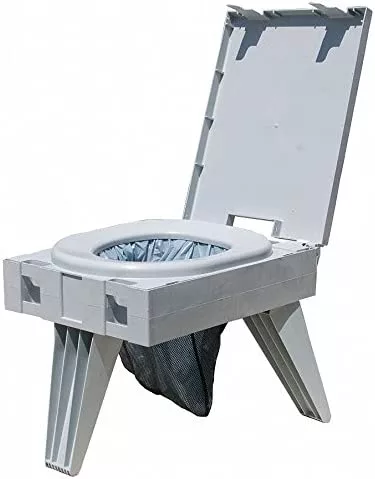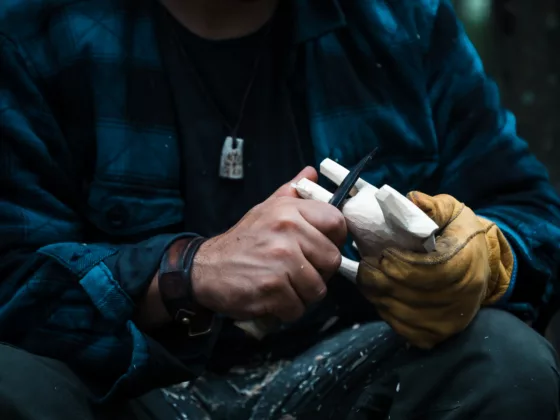When Nature Calls
When it comes to using the restroom in the great outdoors, there are a few different options available to campers and hikers, depending on each individual’s needs and preferences. Before setting out on your adventure, check with the land management agency to see what methods are allowed in the area you will be visiting and how to properly dispose of your waste. Some places might require the pack-it-out method, meaning to take all human waste and trash elsewhere to be properly disposed of. This can include wag bags, but also toilet paper and other hygiene products. When nature calls, here are some ways to find relief while exploring the great outdoors:
Using a designated toilet facility
Some campsites and hiking trails have designated toilet facilities. These can range from simple pit toilets to more elaborate flush toilets. This is the most preferred and most convenient method. Be advised that despite the convenience, sometimes these facilities are unkempt and possibly foul-smelling. Make sure to pack your own toilet paper or wet wipes as a backup in case they’re not provided.
eco-friendly wipes
Using a portable toilet
If toilet facilities are not available in the vicinity, a portable toilet is another option for using the restroom in the great outdoors. This can be a simple bucket with a toilet seat, or a more elaborate self-contained unit. If you are camping, a pop-up tent can be used to create a private bathroom area. Be sure to properly dispose of waste in accordance with land management policies.
outdoor john
Digging a cathole
One of the most common ways to use the restroom in the great outdoors is to dig a cathole. This involves digging a small hole in the ground, typically about 6-8 inches deep and 4-6 inches wide. After using the hole, it should be filled in and covered with natural materials. This method is popular because it is easy to do and requires minimal gear. Additionally, the squatting position is considered the most effective way to defecate. However, it can be difficult to dig a cathole in rocky or hard-packed soil. Choose a spot that is at least 200 feet from any water sources, trails, or campsites to minimize the impact on the environment. Also be mindful of other campers, hikers, and animals, and try to use a spot that is out of sight and out of the way.
can you dig it?
Using a wag bag
WAG stands for “Waste Alleviation and Gelling”. This is a biodegradable bag that includes a gelling agent that deodorizes and breaks down waste. After using the bag, it should be sealed and packed out. It is an excellent choice for camping and backpacking in remote locations.
Final Thoughts
No matter which method you choose, it’s important to follow the “Leave No Trace” principles, which means to minimize your impact on the environment by leaving the area as you found it. And also, be sure to maintain good hygiene while camping or hiking by washing your hands with water and soap or hand sanitizer. Using the restroom in the great outdoors doesn’t have to be unpleasant, there are many options that are comfortable and safe for the environment. By following these guidelines, you can help ensure a positive outdoor experience for yourself and others, while also preserving the natural beauty of the great outdoors for future generations.
We take pride in handpicking products that we believe in and recommend to our readers. Our editors make the selections independently, and some products may have been sent to us as samples. However, please note that we only share our genuine opinions and reviews. Additionally, please be aware that if you choose to purchase through the links on our website, we may receive a commission from the sale. Prices shown on our website are accurate, never marked up, and the products are in stock at the time of publication.
-Roam Offgrid
